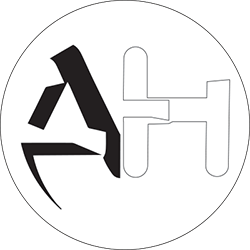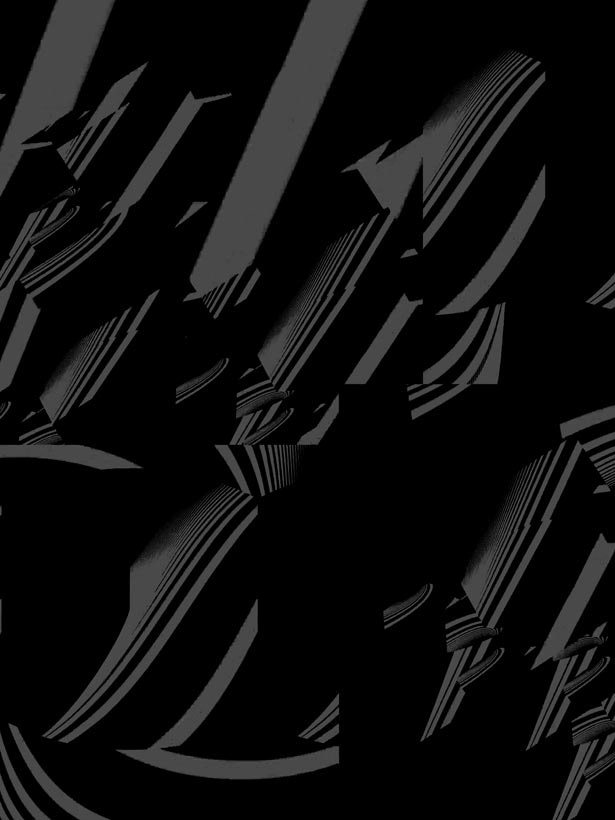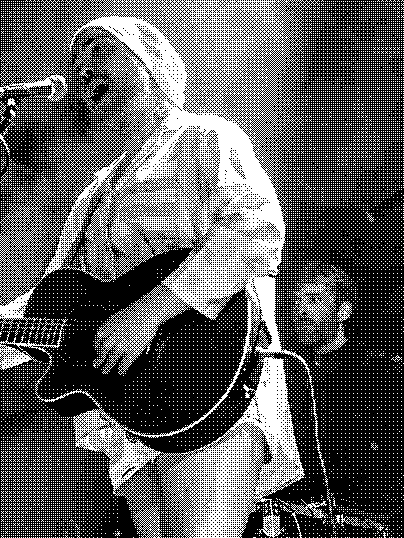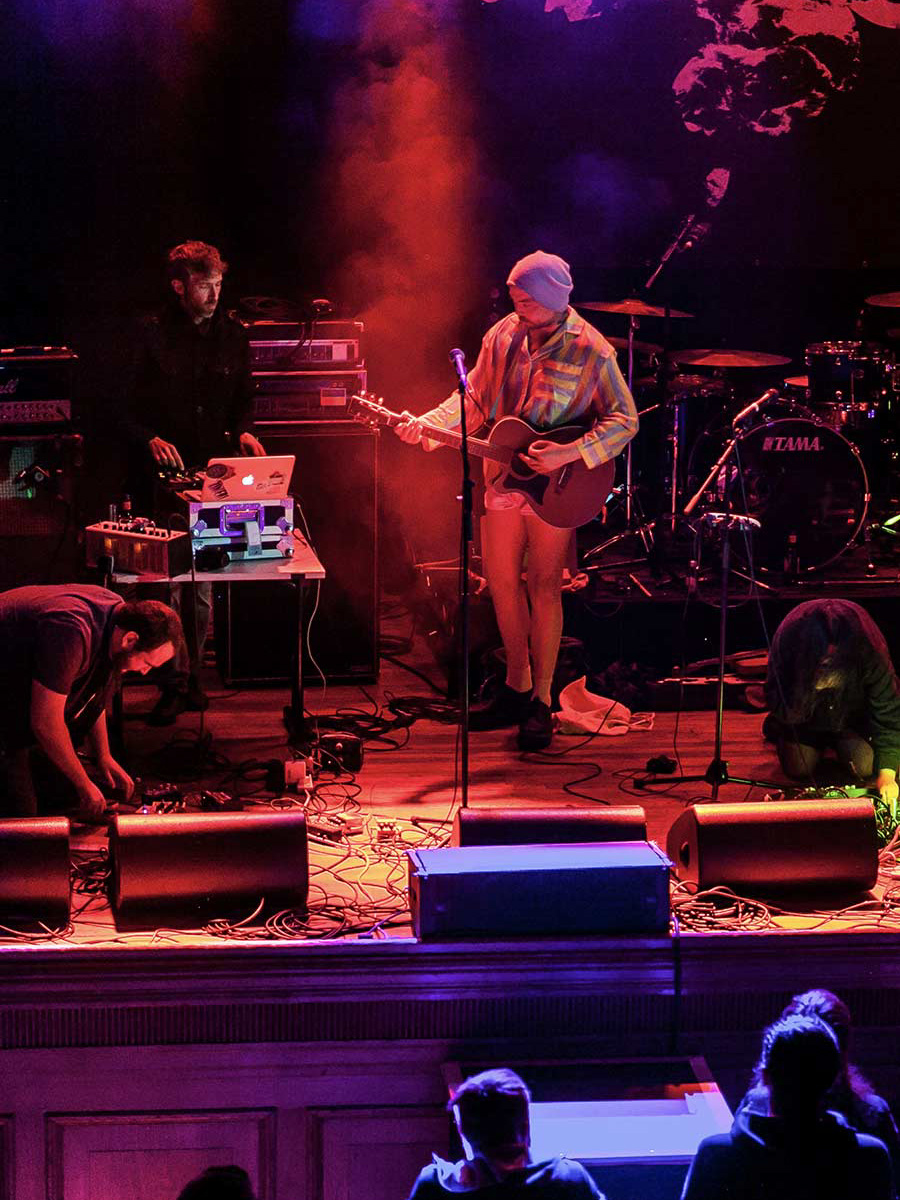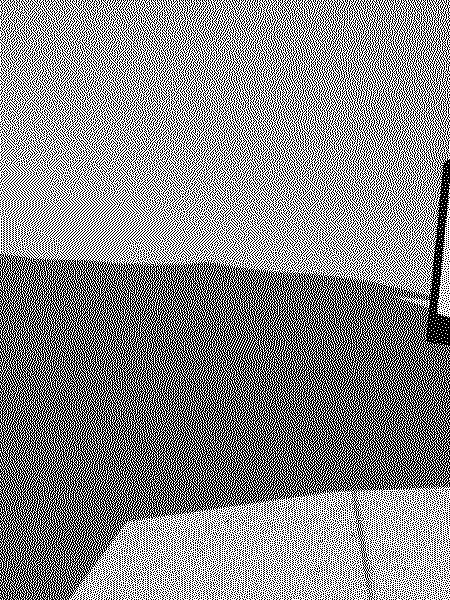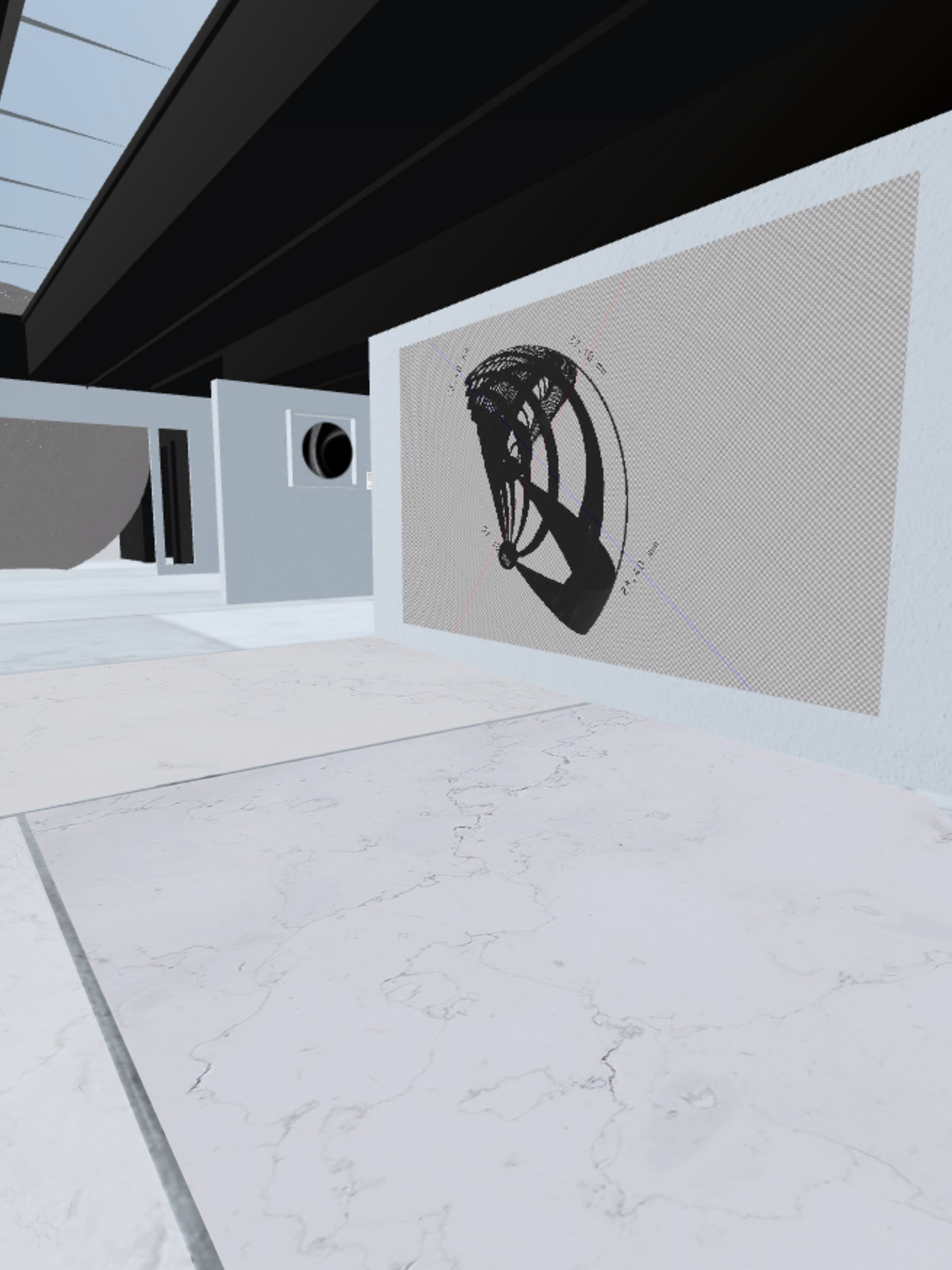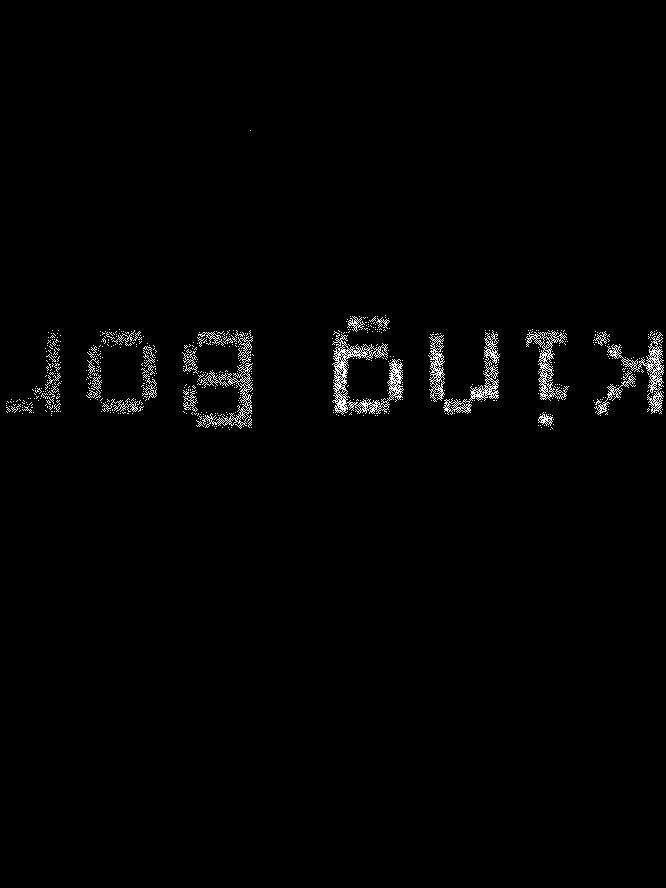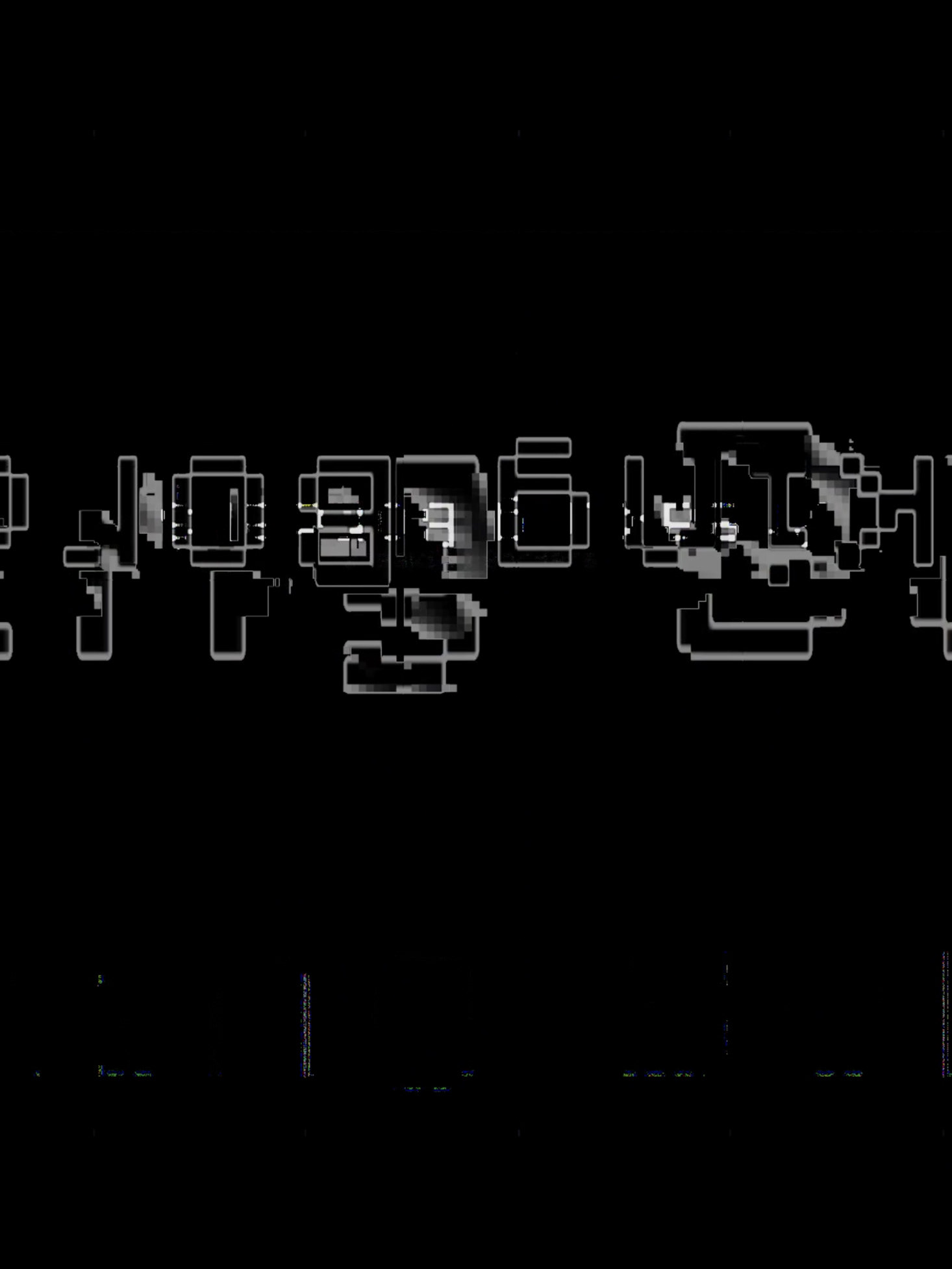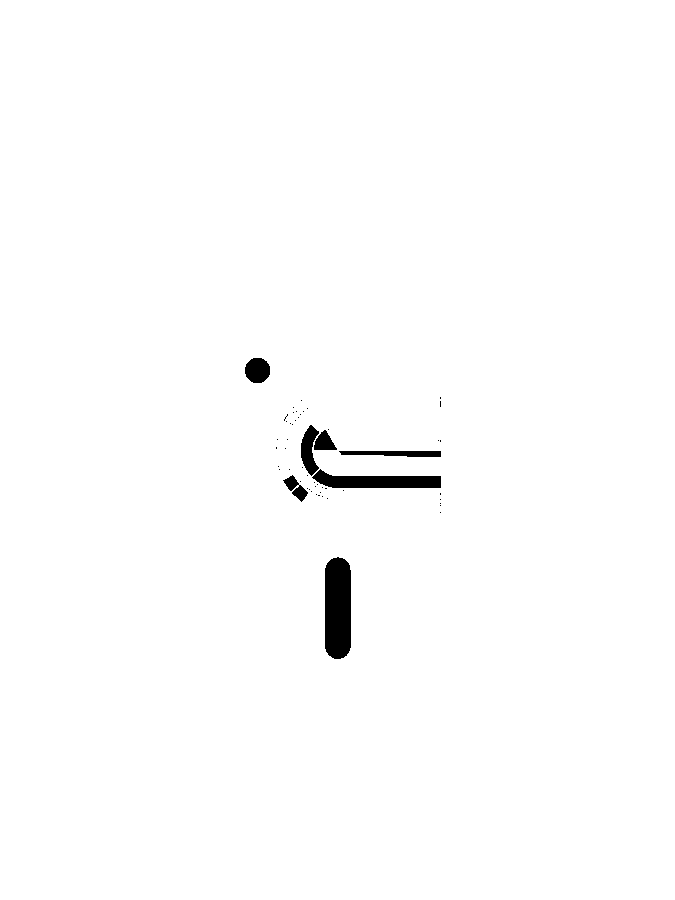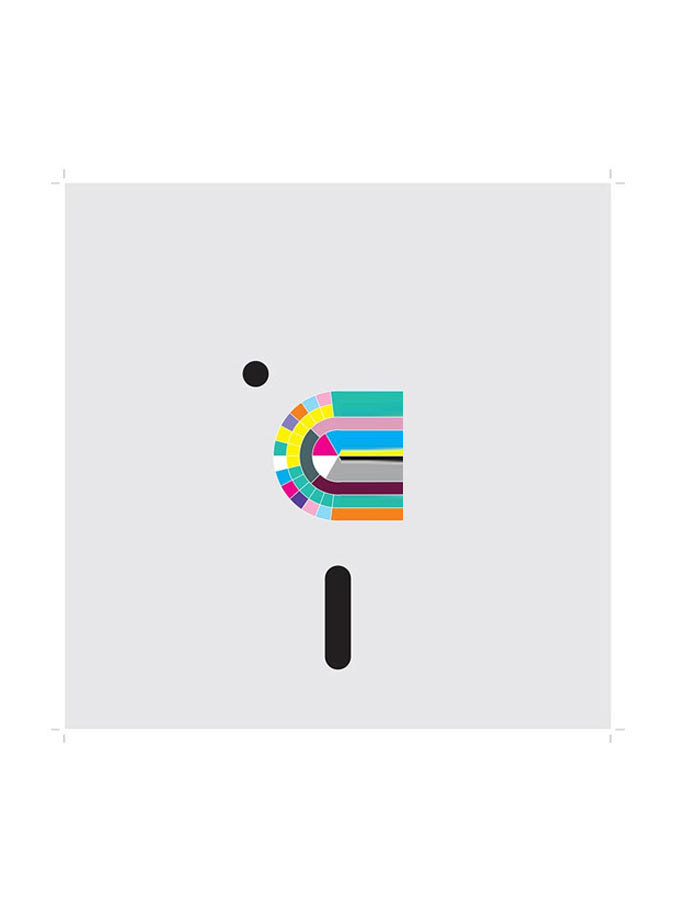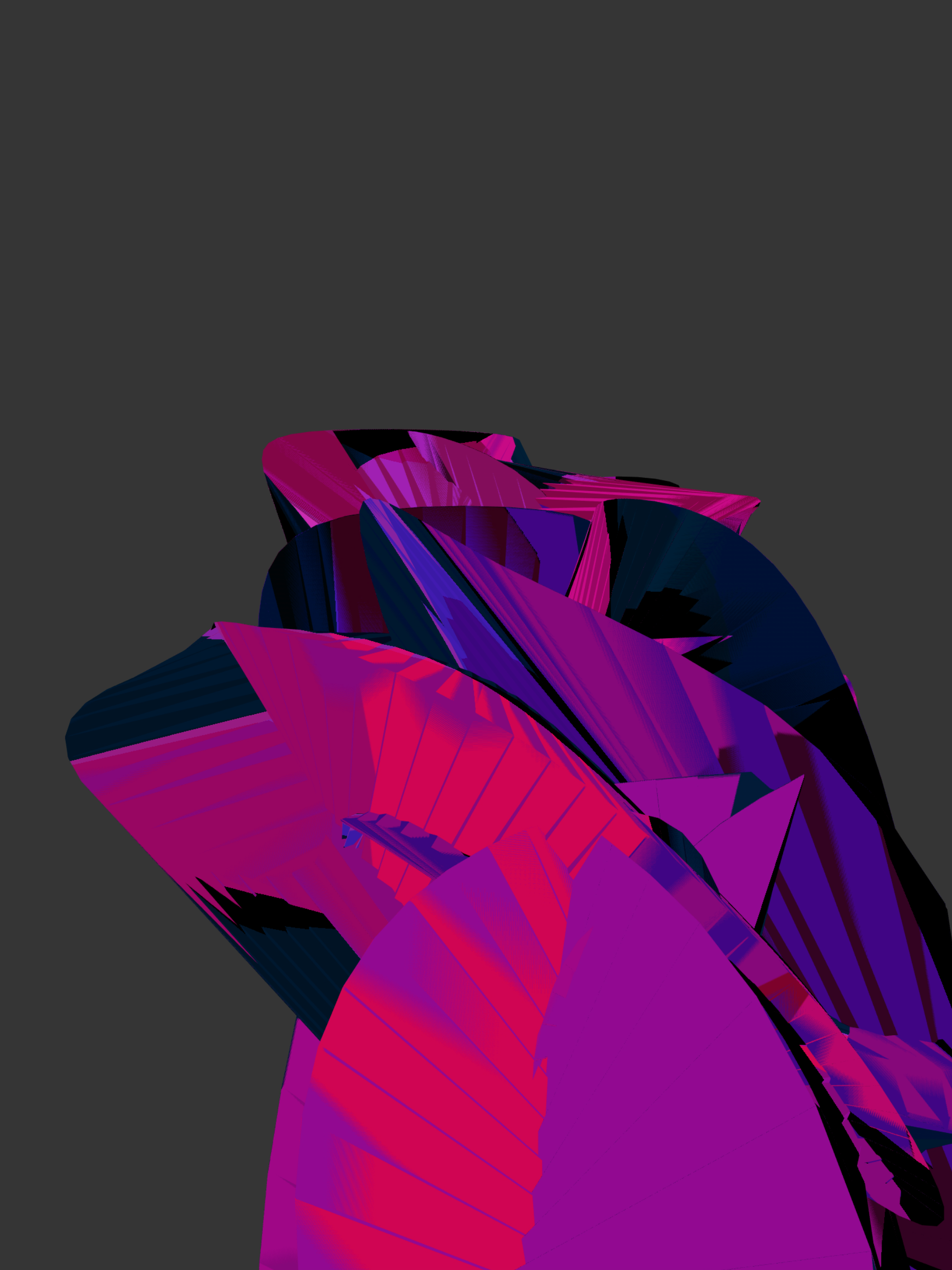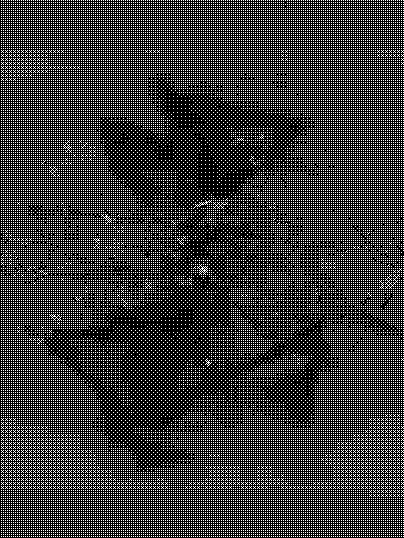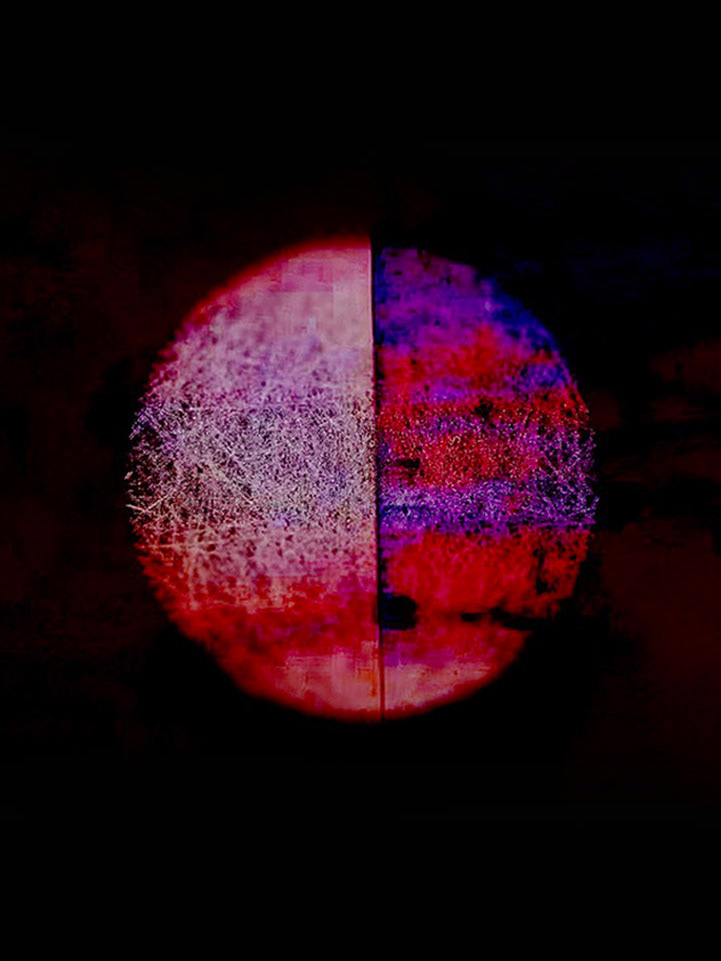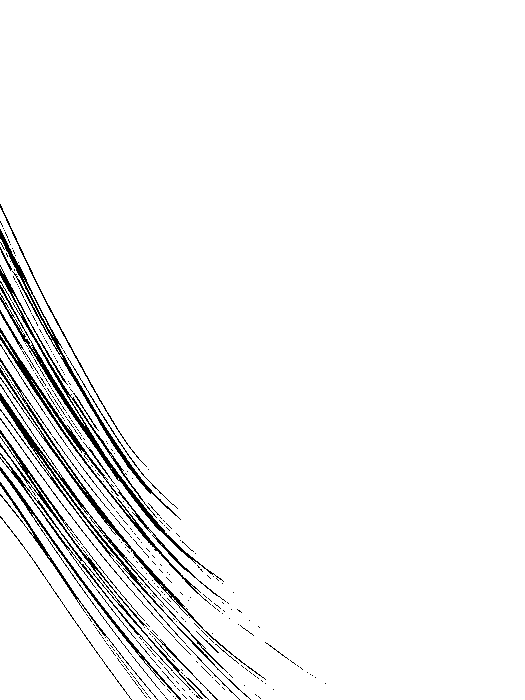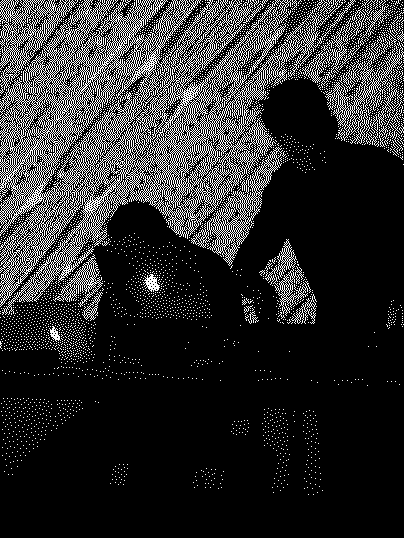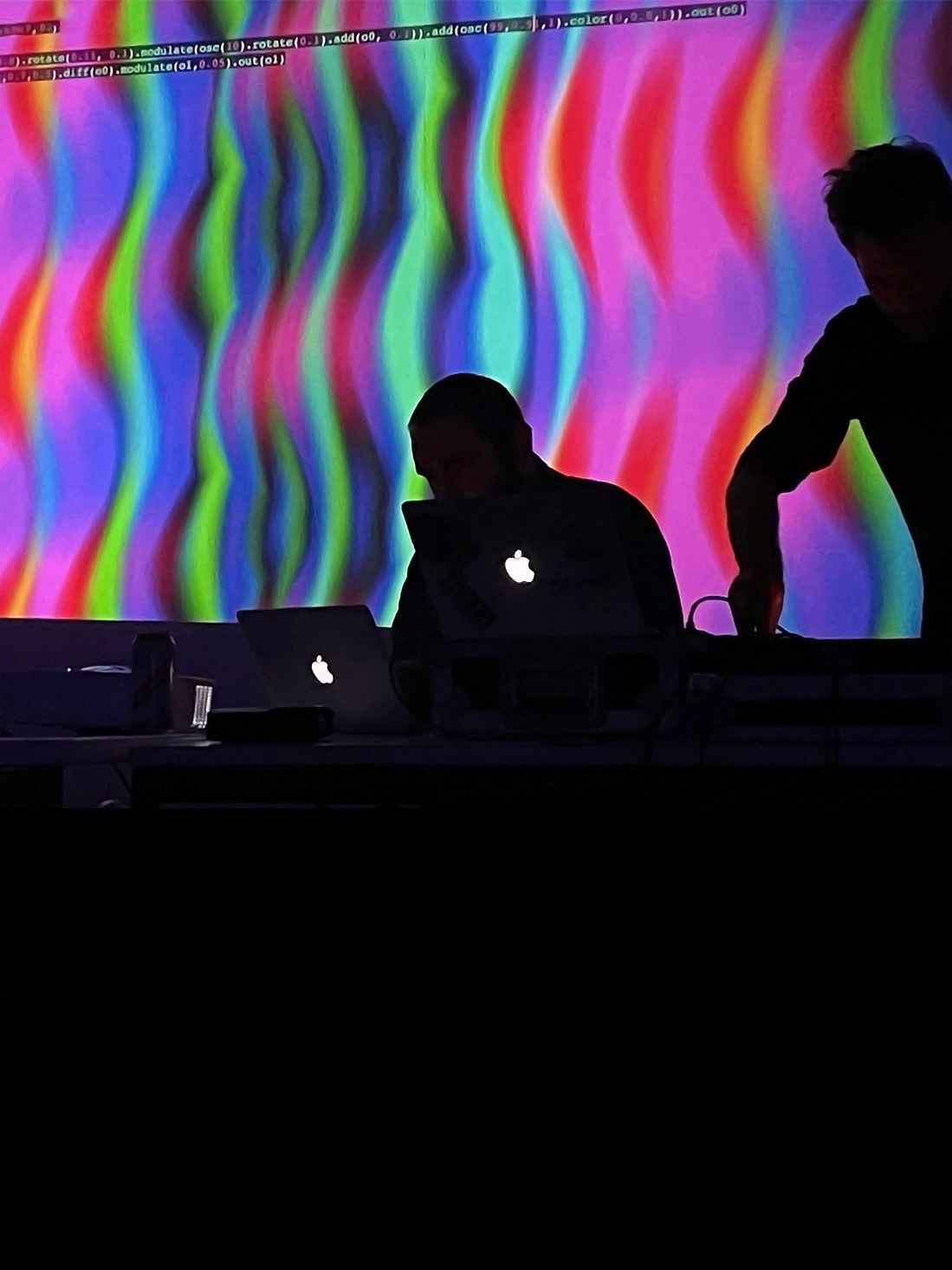A collaborative audiovisual project between L'Ku (Kulvir Bhambra) and Andy Harper, reimagining L'Ku's 2023 EP "Clouds" through live visuals in a projector-based installation. This piece bridged visual and auditory art forms, creating a dynamic experience that aligned with LCB Depot's focus on sound art and collaborative work.
Through several rehearsals, I crafted physical clouds—floating, translucent backdrops—that visually embodied the ethereal tones of Kulvir's kalimba, enriching the sensory depth of the installation. The performance captured the essence of Kulvir's work while exploring how visual elements could enhance musical storytelling.
Our involvement in the SOUND programme provided a platform to experiment with collaborative audio-visual practice, test our partnership, and gather public feedback. This experience informed future plans and collaborations while contributing to Leicester's sound art community.
As Clouds: Elevated evolves, it will integrate sensor-based technology to foster greater audience interaction, combining technological innovation with mindfulness to promote well-being and enhance inclusive engagement in the arts.
Collaborator: L'Ku (Kulvir Bhambra)
Venue: LCB Depot, Leicester
Date: September 18th, 2024
Programme: SOUND
Venue: LCB Depot, Leicester
Date: September 18th, 2024
Programme: SOUND

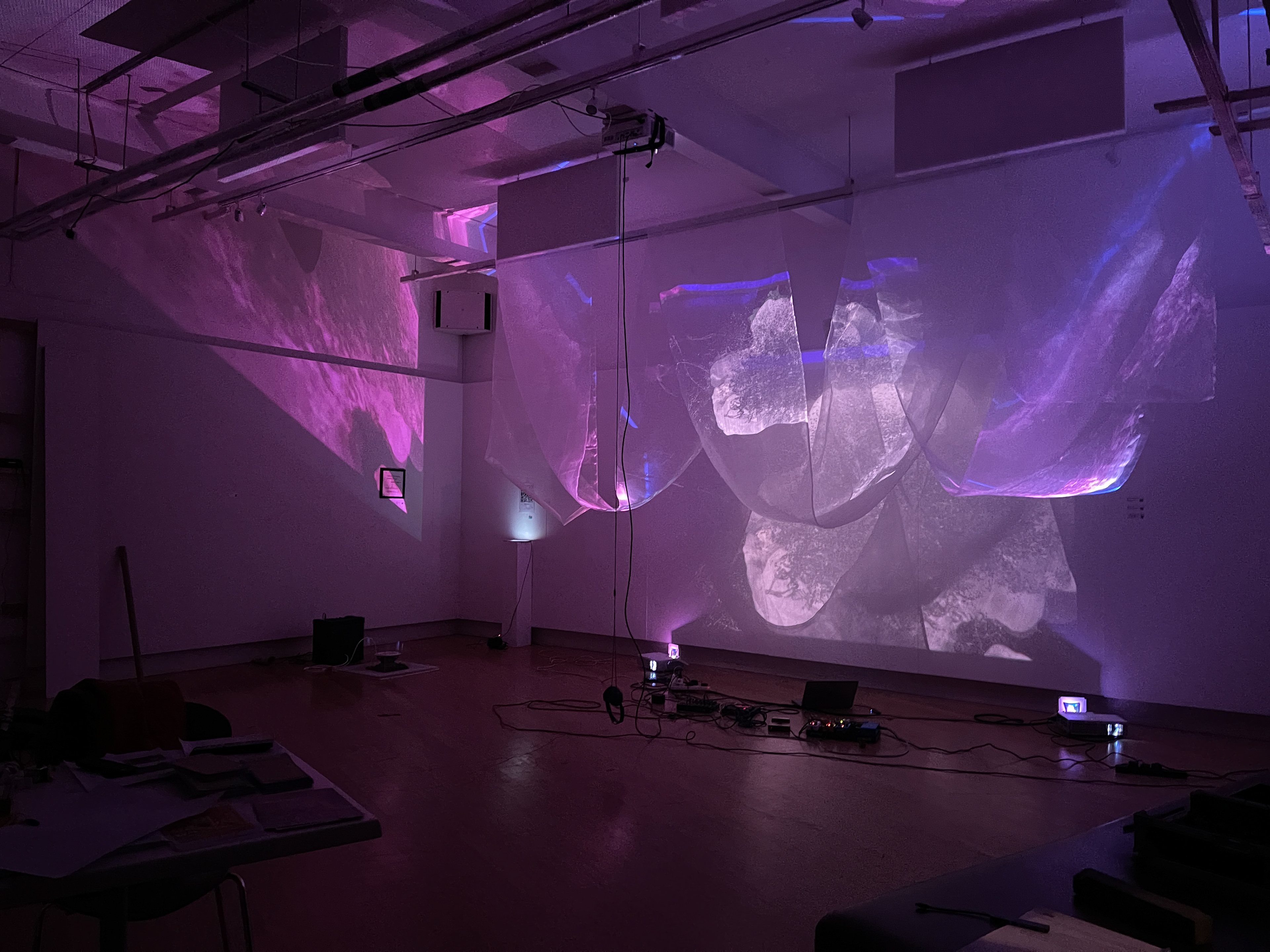
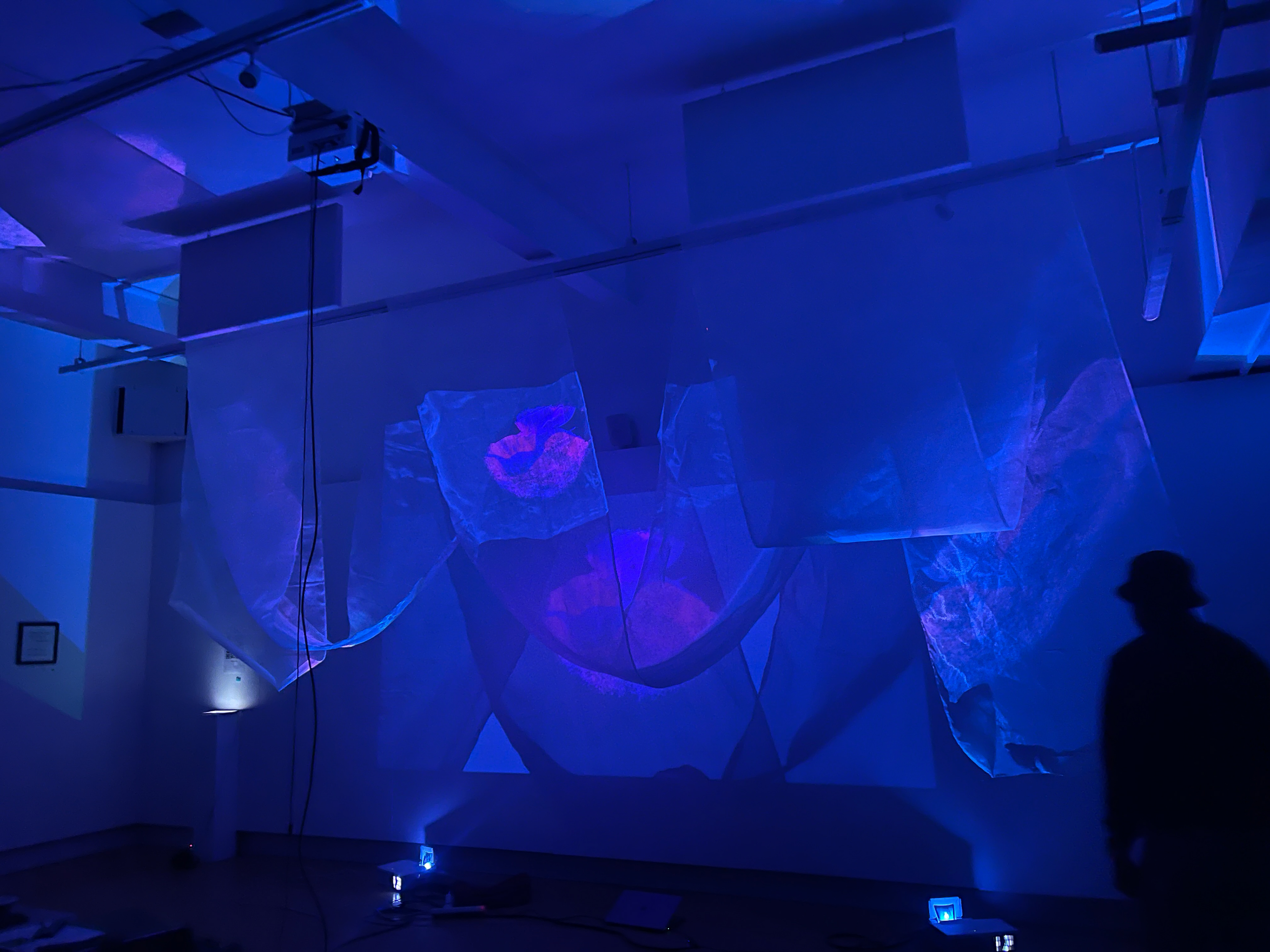
Setting up in the Lightbox Gallery
Press:
https://radiolear.uk/transcending-boundaries-reflecting-on-clouds-elevated/
https://lcbdepot.co.uk/wp-content/uploads/Andy-and-Kulvir.pdf
Q & A: Discussing Influences and Artistic Process
Q: Who are your influences for this performance Andy?
[Andy] - I'm currently interesting and influenced by a number of avant-garde visual artists. Evicshen, 404, Collectifscale, is as well as artists working with moving image, and sculpture - like David Carruthers. They're all putting out some pretty phenomenal work. [Pauses] You put me on the spot here actually! Some of them are using Touch Designer which got me interested in learning that tool as a vehicle to output visuals in real time, which are informed by any input - it could be touch, movement, sound, play, there's even creatives hooking up EEG scanners and outputting abstract art as a result. There's Leicester based Matt Rogerson that's pushing EEG experimentally which is nuts. I've been building these patches, which are like a foundation, a framework to create abstract work in real time - as an artist, you could play with it forever and never get bored of it.
Q: What about your influences Kulvir?
[Kulvir] - For this project specifically, Leonie Durr-Barry Gurr was a direct influence. There was a period where she was basically doing something similar in terms of doing an improv ambient performance, and she would hand out bells as well. with me handing out bells at the end of my performances - that's me paying the highest respects to a dear friend and artist.
Philip Glass is definitely one of my influences because I remember back at Leicester College when we did music on minimalism - what really got me was how it just becomes something over a suspended period of time through repetition. With my hip-hop background, I thought "I hear a hip-hop beat underneath this, I just need to stick a beat underneath this."
Q: How have you both influenced each other in presenting this version of Clouds:Elevated?
[Andy] - It's been an incredible project. We've known each other quite a few years and talked about collaborating, but it never really happened until I got in touch recently. I I love it when people are direct - it was like "I'm doing something, do you want to do some visuals? I had something setup for Sound Season in Leicester, so we approached this like a residency, coming here with the key and using it to practice in the evenings. In the first session when we plugged everything in, after about five minutes I was saying "I'm playing differently, not the usual way I play" - and it was exactly what was intended. We set up this audio reactive patch where the visuals were informing the audio, the audio was informing the visuals, creating this kind of infinite feedback loop.
[Kulvir] - From the depths of my soul, I have to thank the LCB and what is now the Real Classroom (formerly Manhattan). There's something about the resonating energy between these two spaces that's really informed this project and informed me as an artist. I can finally call myself an artist now because I've just done a sound/audio visual art installation.
I first met Andy in this room - he was over here behind his audio wizardry doing a solo performance while I was photographing the Billion Clock event. At one point I asked him "How do you do a solo thing?" and I said "You just get up and do it." This was before I started the Clouds project, so Andy's been an indirect influence as well. The seed was planted that evening.
Q: How important is viewer participation in forming the narrative, and how do the visuals responding to sound reshape the space?
[Kulvir] - I had an experience at Nottingham Contemporary that really informed this. They had instruments set out that anyone could play. I saw some kids playing, and later I got behind the drums myself. One of the invigilators sat down at the piano, and we had this organic jam session. Afterwards, we talked about how it had inspired him to get back into playing drums. That kind of interaction wouldn't have happened if the instruments were just on plinths that couldn't be touched.
Play is one of the most important things. This Clouds project started because I got a Kimo and started recording audio notes to send to my little baby cousin. It came from play and evolved into this. So while it depends on the context, audience involvement is important - it breaks down barriers. It's not for everyone and it's not right for every gig, but at certain moments, there should be full involvement, breaking down the fourth wall.
Q: Was it intended to be a transcendental experience?
[Kulvir] - It ended up being transcendental, but if you look at the background, maybe it was going to be transcendental because I'm part of a 17-piece jazz band doing spiritual jazz. Characters like Alice Coltrane have been an influence.
When I came back from Malta, which was an intense period, I had to do a performance while suffering from muscle fatigue. That performance was eye-opening - I knew I'd get a rush and feel good afterwards, but I didn't realise my pain and fatigue would dissipate. It was like giving myself the biggest hug possible. From that moment, I realised if I could do that for myself, what could I do for other people? I have a duty of care now.
The project can go aggressive with distortion at points, but I've got to be careful how I affect people. Art can be political and a form of protest, but rather than being angry about particular political movements or telling people to stop doing harmful things, this is more about bringing people together. It's about asking how we can console people who have gone through hardship or are feeling certain ways - it's an antidote.
Q: How would you describe what happened here to somebody who's blind and deaf?
[Andy] - I'd describe it as a living, breathing ecosystem suspended in space. We've created a 3d cloudscape that pulses and shifts inline with the music . The installation moves through different states: gentle, meditative moments where everything floats peacefully, then builds into more turbulent storm like sections where the fabrics dance more dramatically. It's like watching the emotional landscape of a piece of music made visible and tangible.
There's something profound about Tara Brach's idea of "weather systems of the soul" - this recognition that nothing in life remains static. We all experience storms and calm periods, and this installation embodies that universal rhythm. The visuals take you on a journey through these emotional peaks and valleys.
What's powerful is the reminder it offers: when we're going through difficult times, the storm will pass. But equally, when things are beautiful and peaceful, those moments are precious because they're temporary too. There's something comforting about witnessing this constant change - it helps us accept where we are while knowing it will transform.
The idea then becomes about the space being a meditation on impermanence, but one that's gentle and embracing rather than unsettling.
